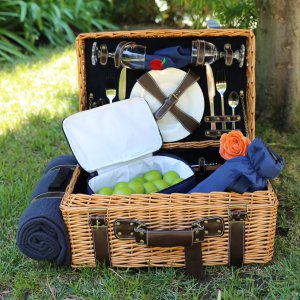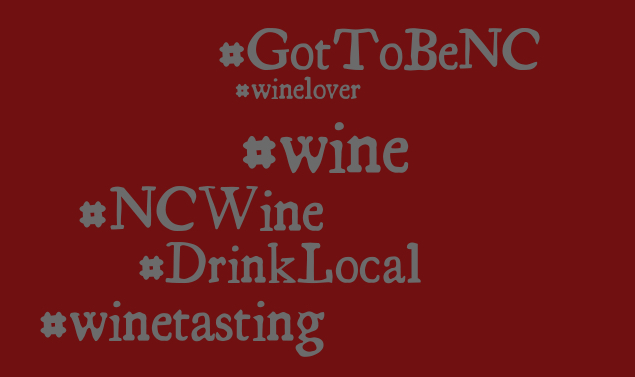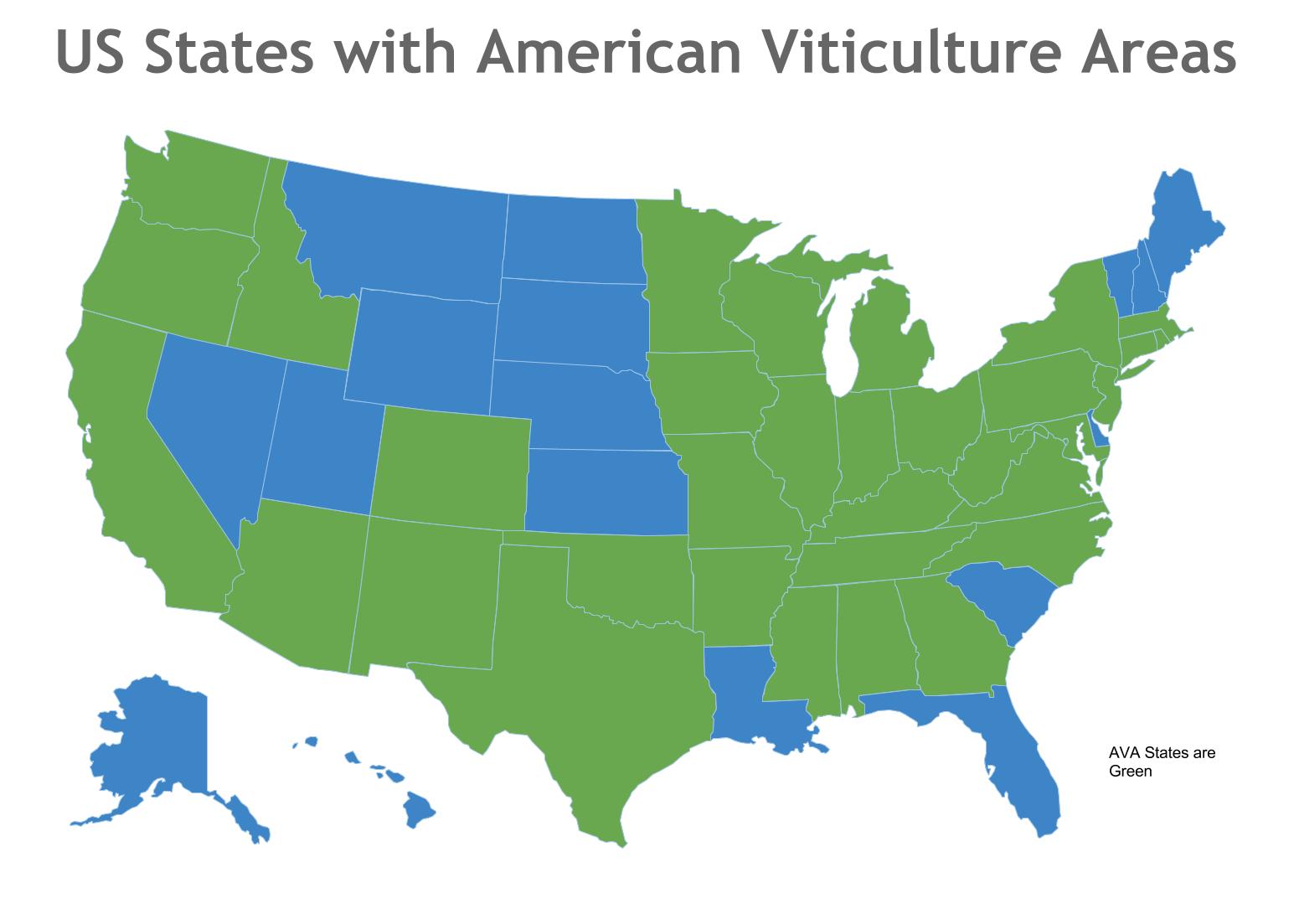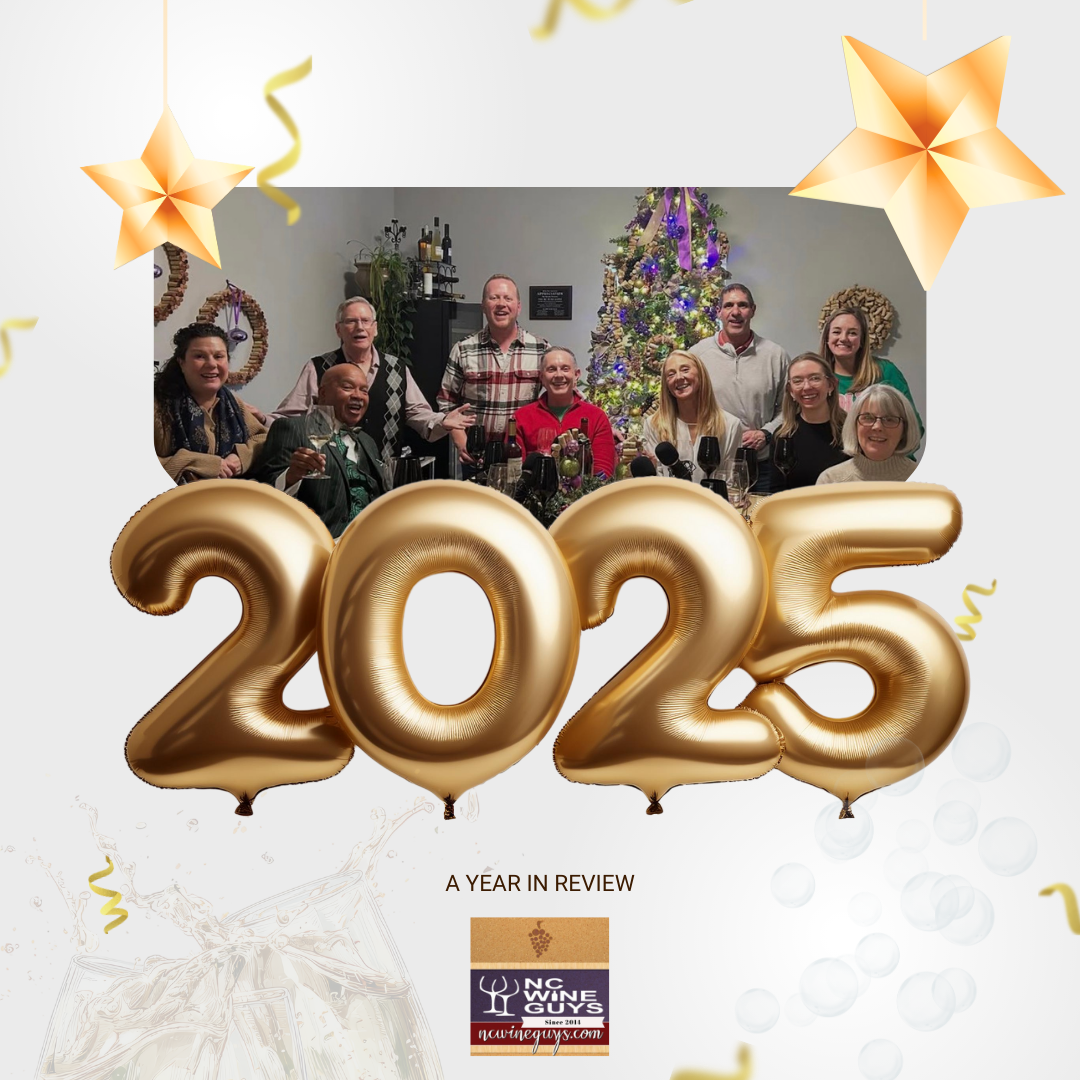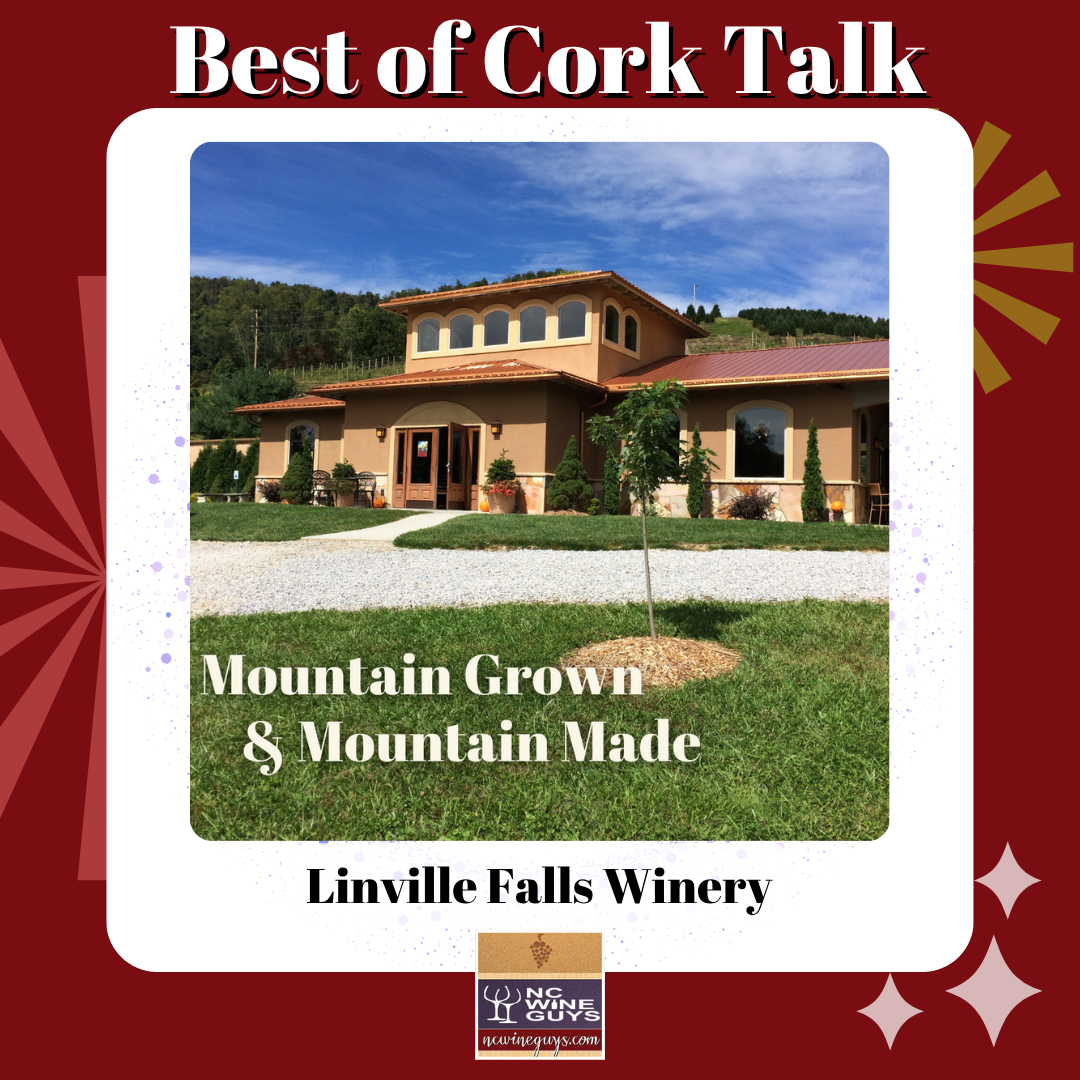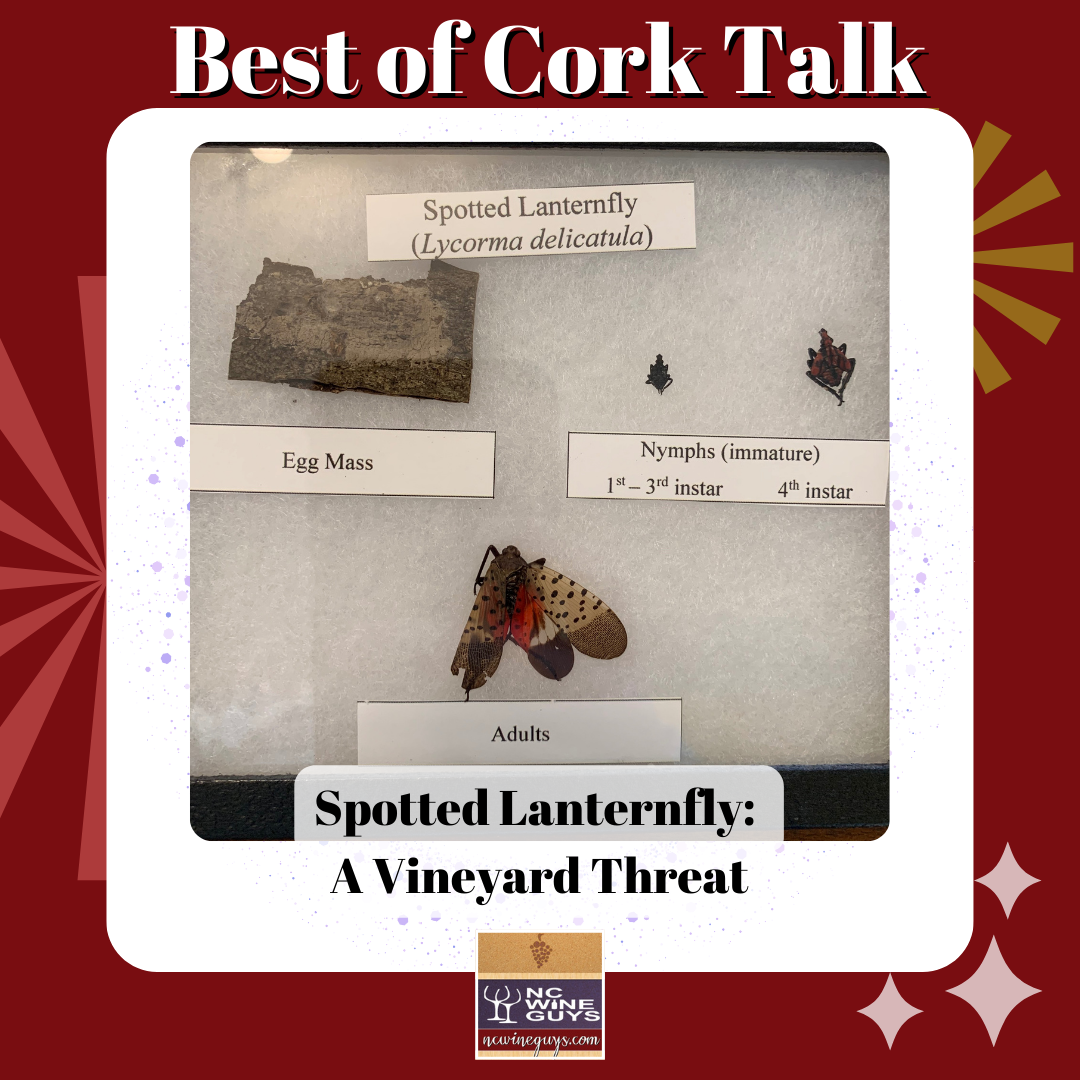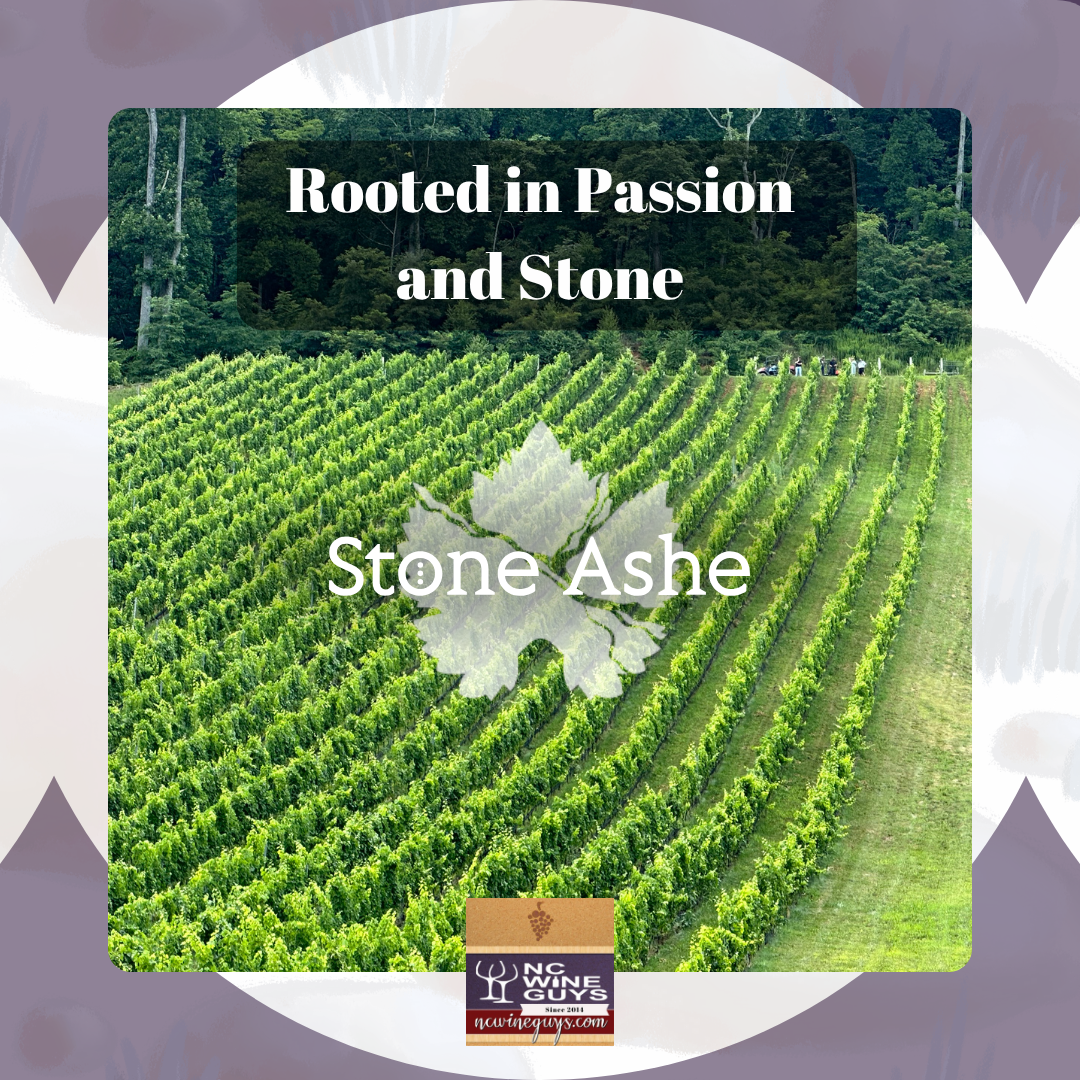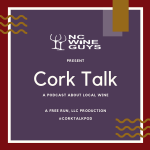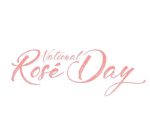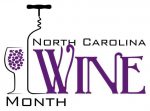Summer is the perfect time for a picnic! It’s also the perfect time for wine. Why not combine the two for a wonderful afternoon of fun? Just pack your picnic basket and head to any of these wineries (or others in the state). Here are some of our suggestions (in no particular order) for great wine and picnic adventures. Continue reading →
Our Thoughts
Our thoughts on wine, the industry, and how you can make the most of your experience.
#NCWine – Our Consistent Brand
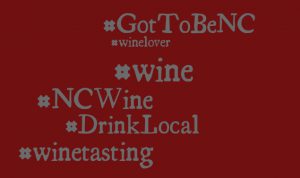
Hashtags are all over social media. They’re even in every day conversation. They’re used to identity messages/posts of the same type. But why is that important? How are they “made”? We’re going to explore that bit and help you learn why you need to use them in EVERY social media post.
As we’ve already stated, hashtags are primarily used to make searching for social media posts easier. You can find like posts more quickly. You can find others to follow more quickly. Others can find you more easily. You can join a conversation. Hashtags are often used for “chatting” online. This is particularly true on Twitter. Follow a hashtag, and you can follow a conversation.
Hashtags are also used to denote trending topics on social media. Social media users are often drawn to trending topics. It generates excitement and interest. Plus, it’s free! They are great marketing tools!
So, how do you build a good hashtag? You should start with something that is short and meaningful. This is especially critical on Twitter since there’s a character limit. The hashtag should be easy to read. Its meaning should be easy to discern.
How does all of this apply to North Carolina wine? It’s all about promotion and online presence. It’s about working together and creating a consistent identity for North Carolina wine. It’s all about #NCWine!
Here are some things to keep in mind:
- Please use hashtags in ALL of your social media posts.
- Please use hashtag #NCWine in ALL of your posts!
- We need a clear, concise standard.
- We need a hashtag that aligns with the standard for other wine regions. No ‘s’ on the end PLEASE!
- We need a consistent brand.
- If you’re in an AVA, please use a standard for each AVA. We don’t recommend adding AVA to the end. It’s more characters that really aren’t needed. We suggest the following:
- #YadkinValley
- #HawRiverValley
- #SwanCreek
- #UpperHiwassee
- #AppHighCountry
- Create a short and concise hashtag for your brand.
- Use it with every post on every social media outlet.
- Encourage its use in your tasting room, etc.
- Other hashtags to consider:
- #GotToBeNC – Consistent brand for products from NC.
- #drinklocal – The local movement is big right now. Capitalize on that!
- Other things to consider:
- If it’s a holiday or special event, find a way to post using that hashtag (e.g. #NationalWineDay, #WineWednesday etc.).
- #wine, #winetasting #winedinner are other good hashtags to use if they apply.
- On Twitter, use them anywhere in your post. On Facebook and Instagram, use them (typically) at the end of your post.
- Phrases or sentences should not be turned into hashtags. They’re often difficult to read.
- Case doesn’t matter, but sometimes capitalizing letters can make the hashtag easier to read.
To summarize, please use hashtags in EVERY social media post. And ALWAYS leave room for the #NCWine hashtag.
If you need more advice on hashtags, send us a note. We’re happy to discuss!
Cheers!
What Does Drinking Locally Really Mean?
The locavore movement has exploded over the last few years. Folks are really interested in eating food that is grown and cooked locally. It harkens back to the days when folks grew a lot of the food they ate. With all of this interest in local food, why not local drink? Well, there has been more interest in locally produced beer and now locally produced spirits. Local wine is starting to take off too, but is more difficult to find outside of the local winery. Let’s take a look at wine specifically and talk about what it means to drink local wine.
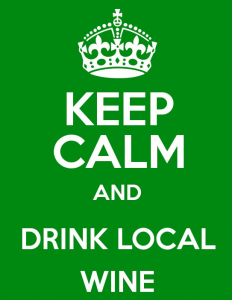
Drink Local Wine!
Local wine is more than just wine produced by a local winery. Truly local wine is wine that is fermented, aged and bottled at a local winery, but it is also wine that is made only from local grapes, fruit, or honey. These grapes should come from vines that are planted in North Carolina soil. The fruit should come from North Carolina trees, bushes, etc. The honey should come from a local bee hive. Let’s be clear, a true North Carolina wine is made from a North Carolina product. This means that wineries that produce wine from grapes, fruit, juice, or honey from California, South America, and/or Europe are NOT making local wine. They’re making wine locally, but it’s not a North Carolina wine and can’t legally be labeled as such. Think about that the next time you visit a local winery. Ask where the grapes, fruit, or honey originated. Look at the label. Is it labeled accurately? Inquire as to why local grapes, fruits, or honey weren’t used. The “North Carolina doesn’t produce quality grapes” line no longer holds water. The same goes for fruit or honey. Drinkers of truly local North Carolina wine know better! Let’s be sure our voices are heard.
We must insist that local wine bars and local restaurants sell locally grown and made North Carolina wine. Farm to Fork restaurants and the like who aspire to serve food made from locally grown ingredients are quite hypocritical if they don’t have locally made wine on their menus. The same would be said for locally made beer and spirits. Let’s do our parts to help promote truly locally made wine. Remember the costumer is always right!
Finally, it’s ok to drink something other than locally made wine. However, let’s be sure we do know the difference between a local wine and not. And be sure that we don’t use the #NCWine and #NCFineWines to promote a wine that’s not truly local. Just remember, drinking locally helps the local economy, which in turn helps you!
Let us know what drinking locally means to you! Cheers!
Getting the Most Out of Your Wine Tasting Experience
Visiting a winery’s tasting room is one of life’s simple pleasures. Each experience is unique. It’s a great way to experience a variety of wine and find something new to drink. If you’ve never had the experience or if it’s been awhile, here are some suggestions to make the most of your wine tasting experience.
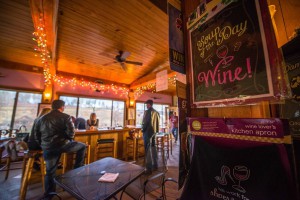
The tasting room at Parker-Binns Vineyard – Photo Courtesy of Karen Parker-Binns
- Plan ahead! Check the winery’s hours. You don’t want to arrive within 30 minutes of closing and expect to taste. Most wineries stop tasting 30 minutes before closing. Some require a reservation.
- Walk in and take a look around. If there’s line, patiently wait. Determine if you need to prepay for your tasting.
- Don’t prematurely judge the experience by the look of the tasting room. We’ve had plenty of great tastings at hole in the wall wineries. The opposite is also true. The most opulent tasting room doesn’t necessarily mean the best wine.
- Make your choices. Select a variety of wines. If you like sweet wine, pick at least one dry and vice versa. The same can be said for red vs white.
- If a premium tasting is an option, take it. It’s premium for a reason.
- Don’t be afraid to ask to taste something that’s not on a list. Often wineries will accommodate special requests.
- It’s ok to share with a friend. This is especially true if you’re doing multiple tastings in a day. Most wineries allow this and will even split the amounts between glasses, so you don’t have to share one glass.
- It’s ok to pour out wine even if you like it. Again, if you’re driving and/or doing multiple tastings in one day, you need to be able to remember what you’ve been tasting. Otherwise, you might end buying a bottle of wine you’ll hate later.
- It’s ok to spit. This is another alternative to sharing and/or pouring out. If you’re not comfortable spitting directly in the dump bucket, ask for a small cup or another glass. Spit in that and then pour into the dump bucket.
- This aerates the wine. It helps to open the wine up to its full smelling and tasting potential.
- You taste what you smell. Try to pick out at least two distinct smells.
- Check out the color, Color will tell you a lot about the health of the wine. You don’t want a red wine that’s got a brown edge. That means it’s likely too old.
- Don’t gulp!
- Hold the wine in your mouth for at least a second before swallowing or spitting. Do the tastes match the smells? Is there a difference between what you taste initially, the mid palate taste and the finish? Is the finish long or short?
- Take notes! You want to be able to remember what you’ve been tasting. This will also help you later if you buy a bottle and want to pair it with food.
- Have a cracker between different wines. You need to cleanse your palate. If crackers or other palate cleansers are not readily available, ask for them!
- Don’t bring your children. Children are a HUGE distraction in tasting rooms. If they can’t drink the wine, they don’t belong there.
- Be considerate of other tasters. Respect their space and their ears. Don’t be too loud.
- Wine tasting should not be a way to get drunk! Don’t just gulp the wine. Your taster will not appreciate that and may refuse to serve you if you’re too far gone.
- Engage with your taster. Ask questions about the wine. This helps your learn!
These are just a few suggestions to make the most out of your wine tasting experience! Let us know what you think! Cheers!
American Wine – There’s more than just California!
American Wine has exploded over the last twenty to thirty years. The number of wine regions and wine regions producing quality wine has helped with this explosion, but does the average American wine drinker really know that there are more wine regions than just California? Sadly, it seems not to be the case. For those of us who love drinking local wine, it seems we have some educating to do!
Sure California produces great wine. It also produces nearly 90% of the wine made in American. Grocery store wine aisles, restaurant wine lists and even local wine bars are all full of California wine. California is known for its big, bold reds with high alcohol content. We would argue that these wines are overdone and take away the true essence of grapes when compared to old world wines. For those who don’t know, old world refers to Europe and the Middle East from where wine grapes originated in nature.
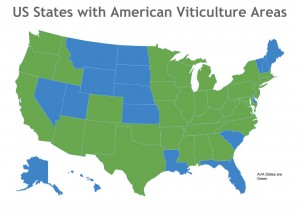
There are 32 other wine producing states recognized as having an American Viticulture Area.
Given California’s dominance in producing American wine, how are other wine regions going to breakout? As the saying go, it takes a village! Those of us fortunate enough to live near other American wine regions need to step up our game. We need to get out and visit local wineries. We need to buy local wine. We need to insist that local restaurants, particularly those claiming to represent the local food movement, add local wine to their wine lists! We need to introduce our friends and family to local wine. We need to share our experiences on social media. We need to attend events at local wineries. In addition, when visiting local wineries, we need to make sure that local grapes are being used. If you’re not sure, ask! We need to insist on high quality. If a wine’s not good, say so. Let them know!
So, what wine regions should you look at besides California? We, of course, are partial to North Carolina. Quantity and quality have continued to improve. 2015 was a fantastic growing year across the state. We expect 2015 to be THE vintage in North Carolina. Washington and Oregon should be considered. They account for over 4% of the wine produced in America. Other areas to consider are Missouri, famous for Norton. If you haven’t tried Norton and you like big bold, jammy wines, you’re doing yourself a disservice. Texas is another upcoming and coming wine region going Spanish, Italian and Rhône Valley grapes well. New York with the Finger Lakes and Long Island is producing high quality wines. The Finger Lakes in particular are now regularly reviewed in major wine magazines like Wine Spectator. Finally, Virginia can’t be overlooked. Just like North Carolina, quantity and quality have increased over the last several years. Virginia is producing superb Petit Verdot, Petit Manseng and Viognier just to name a few!
American wine is diverse as our country. Let’s all do our part in helping make sure that diversity is better known. Drink local, explore new wine regions and share those experiences with others! There is more to American wine than California! Get out there and explore!

